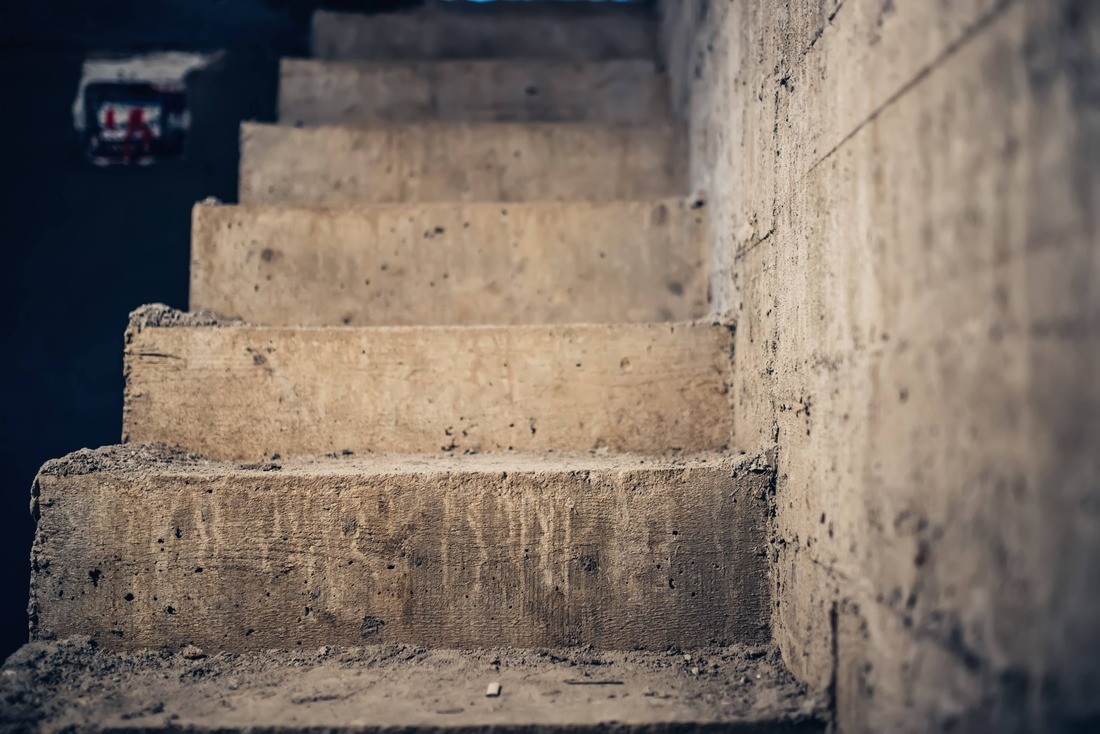
Introduction
Water damage is a common problem that homeowners face, especially in areas prone to floods or heavy rainfall. One area of the house that is particularly susceptible to water damage is the basement. When water enters the basement, it can cause significant damage to the foundation, drywall, carpet, hardwood floors, furniture, and other belongings. To prevent water damage and protect your property, it’s crucial to implement effective water damage prevention methods. In this article, we will explore various approaches to preventing water damage in basements and discuss the steps involved in basement flooded restoration.
Understanding Basement Water Damage
Basement water damage can occur due to various reasons, including natural disasters such as excessive rain or snowmelt and non-natural issues like burst pipes or sewage backups. Regardless of the cause, basement water damage can have severe consequences and jeopardize the integrity of your property. When water enters the basement, it can lead to foundation problems, mold or mildew growth, and structural damage. Recognizing the signs of water damage and taking immediate action is crucial to minimize the extent of the damage and protect your investment.

Prevention Methods for Basement Water Damage
1. Proper Exterior Grading
One effective way to prevent water from entering the basement is to ensure proper exterior grading. The grading around your home should slope away from the foundation, allowing water to drain properly. This prevents water from pooling around the foundation and seeping into the basement.
2. Install a Sump Pump
A sump pump is a device that helps remove excess water from the basement. It is typically installed in a designated sump pit and activates when water reaches a certain level. The sump pump pumps the water out and away from the foundation, preventing basement flooding.
3. Maintain Gutters and Downspouts
Proper maintenance of gutters and downspouts is essential in preventing basement water damage. Clear debris from gutters regularly to ensure proper water flow. Additionally, extend downspouts away from the foundation to direct water away from the basement.
4. Waterproofing the Foundation
Applying a waterproof sealant to the exterior walls of the foundation can help prevent water infiltration. Waterproofing products create a barrier that keeps water out and protects the basement from potential damage.
5. Install Window Well Covers
If your basement has windows that are below ground level, installing window well covers can provide an extra layer of protection against water intrusion. These covers prevent water, debris, and pests from entering the window wells and potentially causing water damage.

6. Regular Inspections and Maintenance
Regularly inspecting the basement for any signs of water intrusion, such as dampness or musty odors, can help catch potential issues early on. Additionally, maintaining plumbing systems, checking for leaks, and promptly addressing any plumbing issues can prevent water damage from occurring.
Flooded Basement Restoration Process
In the unfortunate event that your basement does flood, it’s crucial to take immediate action to mitigate the damage and restore the space. The flooded basement restoration process typically involves the following steps:
1. Safety Assessment
The first step in flooded basement restoration is ensuring your safety. If the water level is high or there is a risk of electrical hazards, it is essential to wait until professionals arrive to assess and mitigate the situation.
2. Water Extraction
The next step is to remove the standing water from the basement. Professionals will use specialized equipment, such as pumps and extractors, to efficiently extract water and moisture from the space.
3. Cleaning and Sanitization
After water extraction, the basement will be thoroughly cleaned and sanitized. This step helps remove any remaining dirt, debris, or contaminants from the surfaces and ensures a safe and healthy environment.
4. Structural Drying
Ensuring thorough drying is essential to prevent mold growth and further damage. Professionals will use high-powered fans, dehumidifiers, and other drying equipment to dry out the basement and its components.
5. Repairs and Restoration
If there is any structural damage or damaged materials, professionals will assess and carry out necessary repairs. This may include repairing drywall, replacing flooring, and restoring the basement to its pre-damaged condition.
6. Mold Remediation (if necessary)
If mold growth is detected during the restoration process, professionals will conduct mold remediation. They will remove mold-affected materials and apply appropriate treatments to eliminate the mold and prevent its recurrence.
Basement Water Damage Repair
Once the flooded basement restoration process is complete, it’s essential to address any underlying water damage and carry out necessary repairs. Basement water damage repair may involve:
1. Structural Repairs
If the water damage has caused structural issues, such as weakened foundations or compromised walls, professionals will assess and carry out the necessary repairs to restore the structural integrity of the basement.
2. Flooring Replacement
In cases where flooring is damaged beyond repair, professionals will recommend and install suitable replacements. This may include carpet, hardwood, laminate, or other flooring options depending on individual preferences and requirements.
3. Plumbing Repairs
If the water damage is caused by plumbing issues, professionals will identify and repair the source of the problem. This may involve fixing or replacing pipes, valves, or other plumbing components.
4. Mold Prevention Measures
To prevent mold growth and future water damage, professionals may recommend the installation of measures such as dehumidifiers, vapor barriers, or improved ventilation systems.
Conclusion
Preventing water damage in your basement is crucial to protect your property, ensure your safety, and avoid costly repairs. Implementing effective prevention methods, such as proper exterior grading, installing a sump pump, and maintaining gutters, can significantly reduce the risk of basement floods. However, in the event of a flooded basement, it’s essential to follow the proper restoration and repair steps to mitigate the damage and restore your basement to its pre-damaged condition. By understanding the importance of water damage prevention and promptly addressing any issues, you can safeguard your property and enjoy a safe and dry basement.


